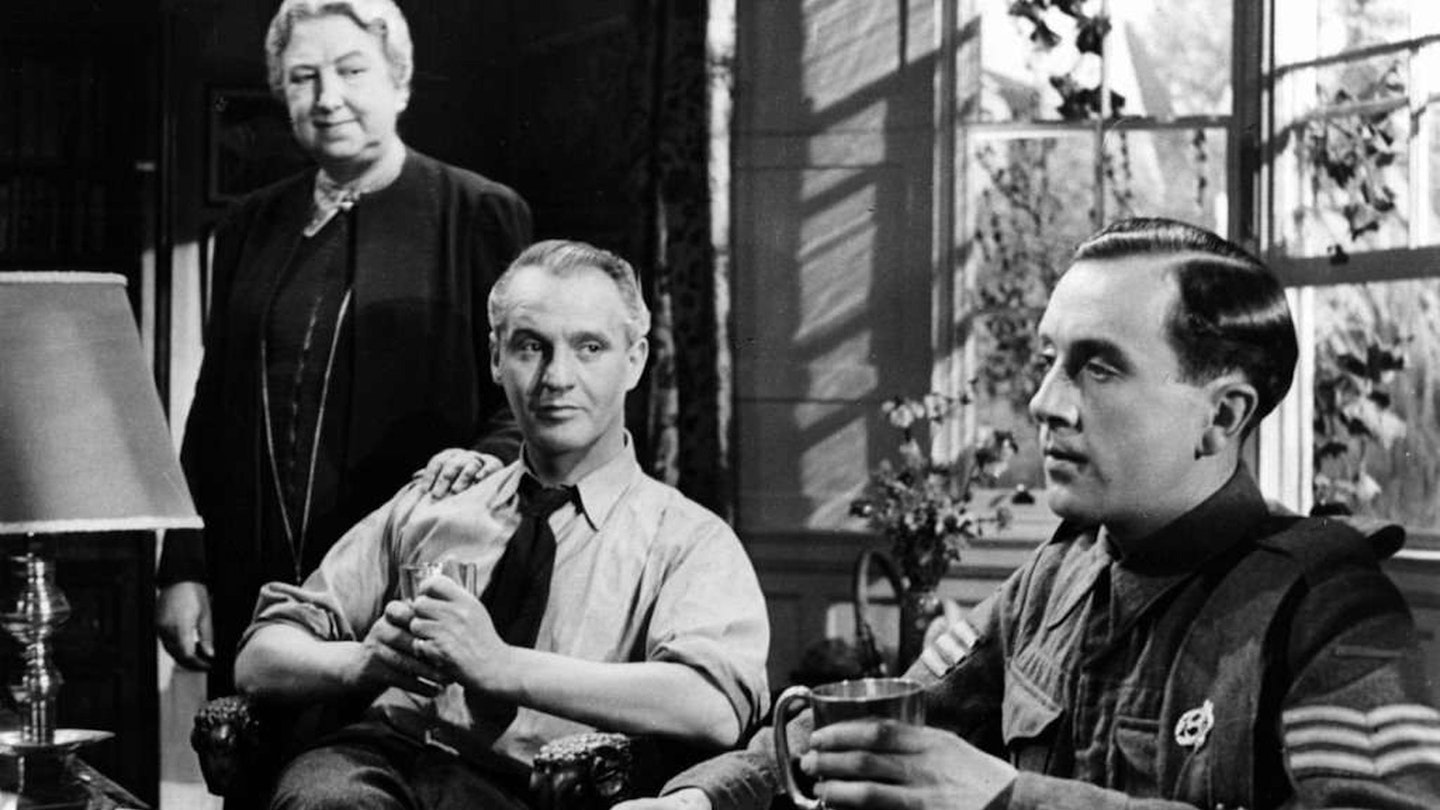In his autobiography, A Life in Movies, Michael Powell explained that he and Emeric Pressburger had made 49th Parallel to show America that World War II was its concern as much as Europe's, and One of Our Aircraft Is Missing (1942) and The Life and Death of Colonel Blimp (1943) to demonstrate the respective indomitability of the continent and the UK. A Canterbury Tale, therefore, was intended to reaffirm the spiritual values and traditions binding the Allies together. However, wartime audiences were baffled by such lyrical mysticism and this undeniably curious film became the Archers' first critical and commercial setback.
Pressburger's bid to turn the search for the Glueman of Chillingbourne into a detective mystery doesn't really come off. But the depiction of the Kent countryside and the heartfelt discussion of the central trio's hopes and fears is genuinely moving, as are the climactic sequences, in which the pilgrims receive their Canterbury blessings.
Powell himself had mixed feelings about the filmic quality of this quietly passionate statement of national pride, although he retained a fondness for its themes and tone. Admittedly, he'd been unable to secure his chosen cast, but it's hard to imagine that the reception would have been any more positive had Deborah Kerr and Roger Livesey essayed the roles of Alison and the eccentric squire, Thomas Colpepper. Preoccupied with the invasion of France, viewers had no time for either a story populated by latterday Chaucerian pilgrims or its allegorical allusions.
However, few got to see the film in its original form over the next 30 years, as the only available print was the 1949 American version, which reduced the length from 124 to 95 minutes and removed Powell's elegiac opening and replaced it with shots of John Sweet atop a New York skyscraper, as he recalls his experiences to new bride Kim Hunter.
